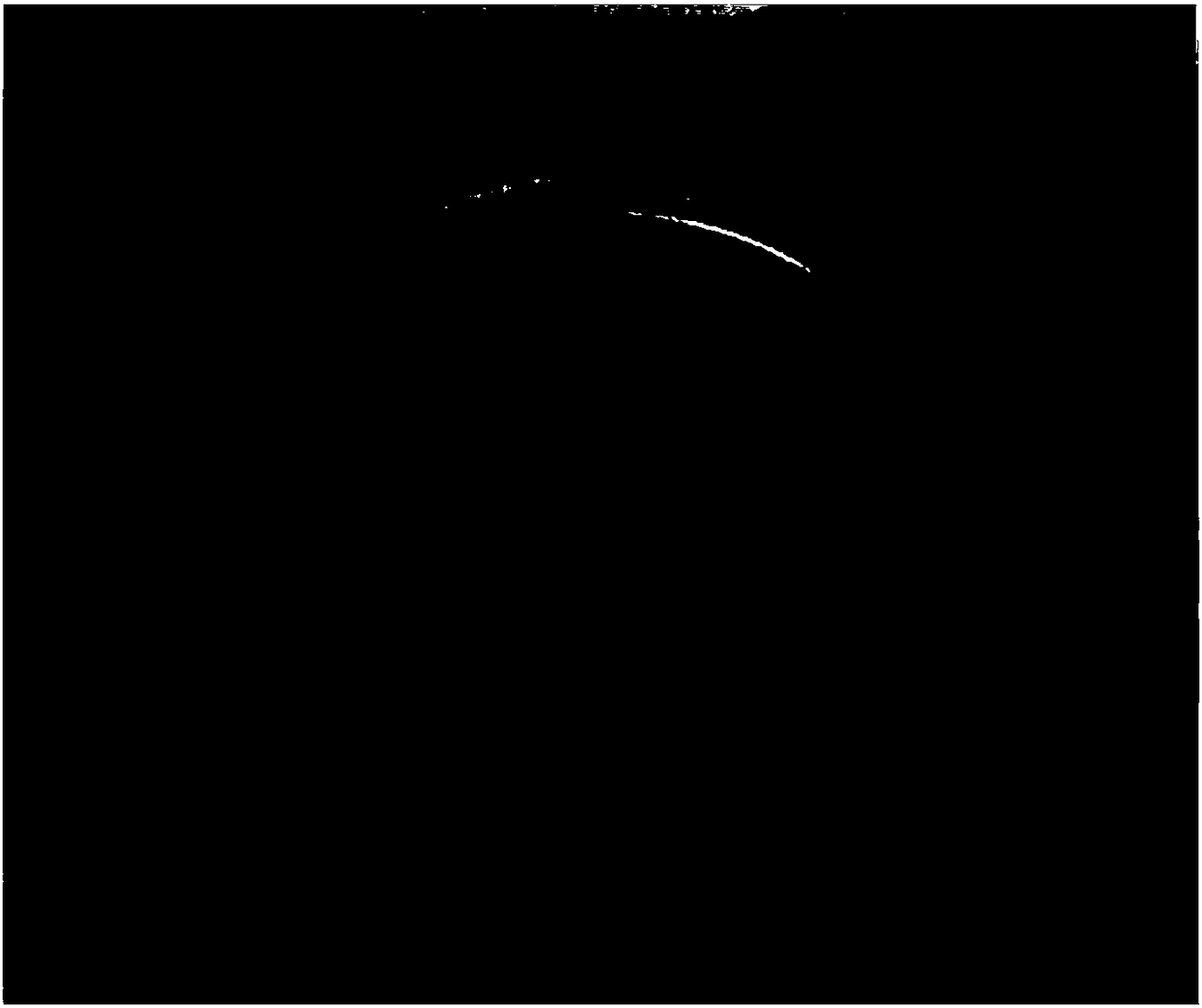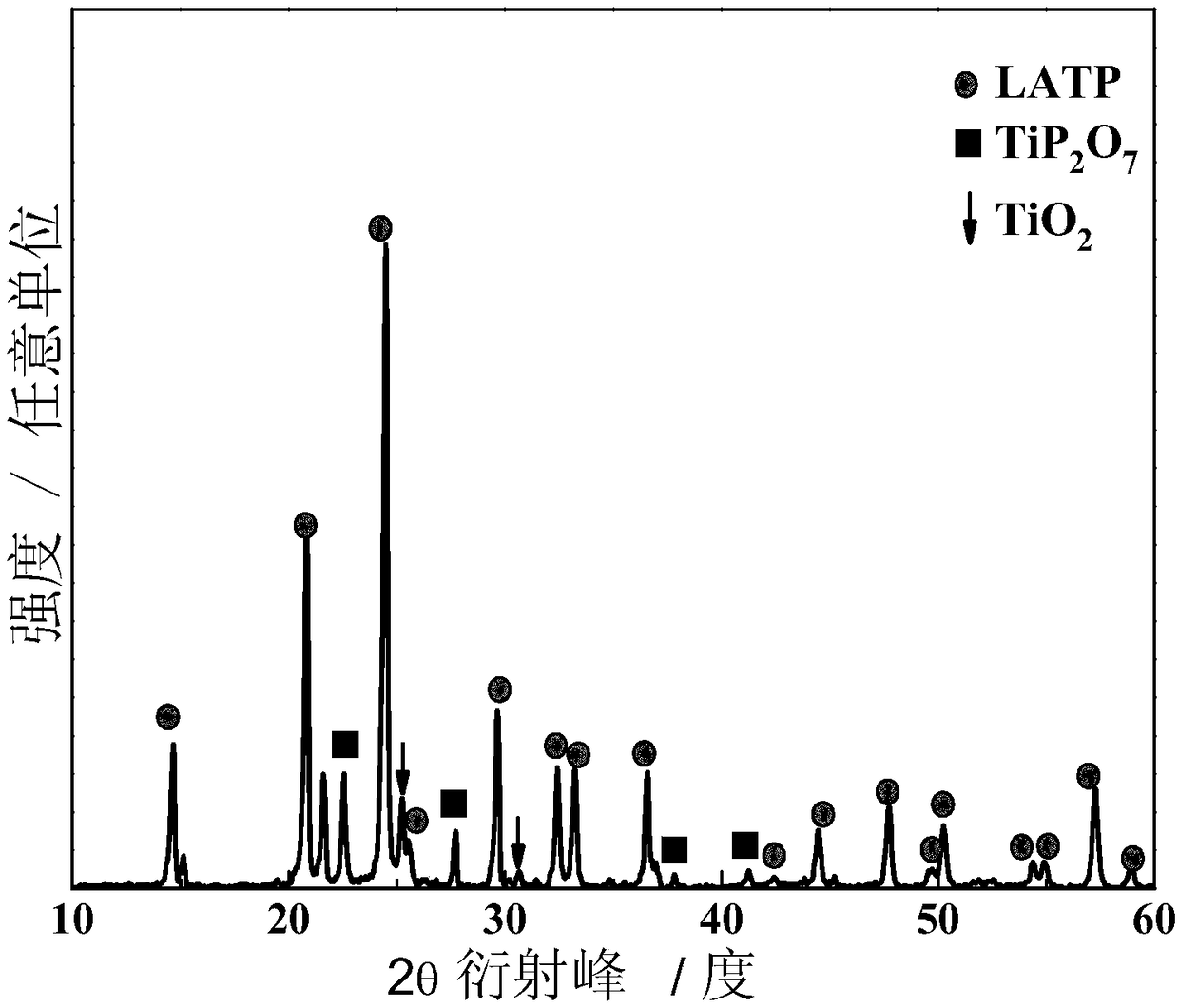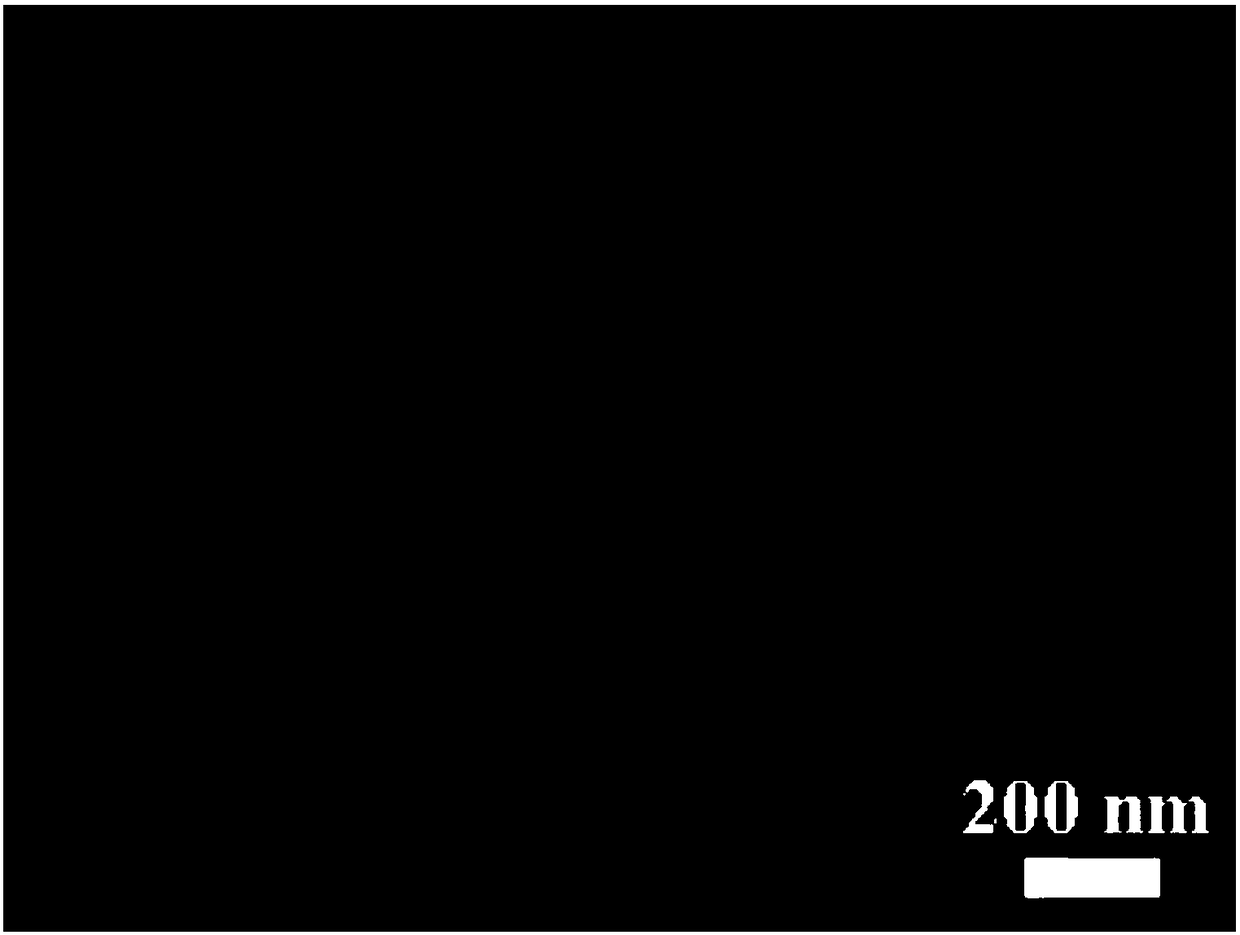Quasi-solid electrolyte as well as preparation method and application thereof
An electrolyte, quasi-solid-state technology, applied in solid electrolytes, non-aqueous electrolytes, circuits, etc., can solve the problems of interface stability and affect the cycle stability of lithium anodes, and achieve excellent mechanical properties and chemical/electrochemical properties.
- Summary
- Abstract
- Description
- Claims
- Application Information
AI Technical Summary
Problems solved by technology
Method used
Image
Examples
Embodiment 1
[0066] The ceramic electrolyte was prepared by the sol-gel method. 19.6mL of 25% ammonia water was added dropwise to 10mL of tetraisopropyl titanate, and a precipitate was obtained after magnetic stirring for 1 hour. The precipitate was filtered and dispersed in 40mL of deionized water. Stir evenly, then add 80 mL of oxalic acid with a concentration of 1 mol / L, and stir well until the precipitate is completely dissolved to obtain solution A; 1.832 g of LiNO 3 , 2.212 grams of Al(NO 3 ) 3 9H 2 O, 7.751 g (NH 4 ) 2 HPO 4 Add it into the above-mentioned solution A in the step, and obtain solution B after thorough stirring; dissolve 6 grams of cetyltrimethylammonium bromide in 40 mL of absolute ethanol, and stir at 40°C for 2 hours to obtain solution C; Add C to solution B, stir well at 80°C to obtain a colloidal precursor, then place the precursor in a tube furnace, raise the temperature to 650°C in an air atmosphere at a rate of 2°C / min, and heat it under argon Roasting in...
Embodiment 2
[0082] The ceramic electrolyte was prepared by the sol-gel method. 19.6mL of 25% ammonia water was added dropwise to 10mL of tetraisopropyl titanate, and a precipitate was obtained after magnetic stirring for 1 hour. The precipitate was filtered and dispersed in 40mL of deionized water. Stir evenly, then add 80 mL of oxalic acid with a concentration of 1 mol / L, and stir well until the precipitate is completely dissolved to obtain solution A; 1.761 g of LiNO 3 , 2.581 grams of Al(NO 3 ) 3 9H 2 O, 7.751 g (NH 4 ) 2 HPO 4 Add it to the above solution in the step, and stir to obtain solution B; dissolve 6 grams of cetyltrimethylammonium bromide in 40 mL of absolute ethanol, and stir at 40°C for 2 hours to obtain solution C; Add it into solution B, stir well at 80°C to obtain a colloidal precursor, then place the precursor in a tube furnace, raise the temperature to 600°C in an air atmosphere at a rate of 2°C / min, and heat it under an argon atmosphere The ceramic electrolyte ...
Embodiment 3
[0086] The ceramic electrolyte was prepared by the sol-gel method. 19.6mL of 25% ammonia water was added dropwise to 10mL of tetraisopropyl titanate, and a precipitate was obtained after magnetic stirring for 1 hour. The precipitate was filtered and dispersed in 40mL of deionized water. Stir evenly, then add 80 mL of oxalic acid with a concentration of 1 mol / L, and stir well until the precipitate is completely dissolved to obtain solution A; 1.902 g of LiNO 3 , 1.843 g Al(NO 3 ) 3 ·6H 2 O, 7.751 g (NH 4 ) 2 HPO 4 Add it to the above solution in the step, and stir to obtain solution B; dissolve 6 grams of cetyltrimethylammonium bromide in 40 mL of absolute ethanol, and stir at 40°C for 2 hours to obtain solution C; Add it into solution B, stir well at 80°C to obtain a colloidal precursor, then place the precursor in a tube furnace, raise the temperature to 550°C in an air atmosphere at a rate of 2°C / min, and heat it under an argon atmosphere The ceramic electrolyte was ob...
PUM
| Property | Measurement | Unit |
|---|---|---|
| Particle size | aaaaa | aaaaa |
| Particle size | aaaaa | aaaaa |
Abstract
Description
Claims
Application Information
 Login to View More
Login to View More - R&D
- Intellectual Property
- Life Sciences
- Materials
- Tech Scout
- Unparalleled Data Quality
- Higher Quality Content
- 60% Fewer Hallucinations
Browse by: Latest US Patents, China's latest patents, Technical Efficacy Thesaurus, Application Domain, Technology Topic, Popular Technical Reports.
© 2025 PatSnap. All rights reserved.Legal|Privacy policy|Modern Slavery Act Transparency Statement|Sitemap|About US| Contact US: help@patsnap.com



